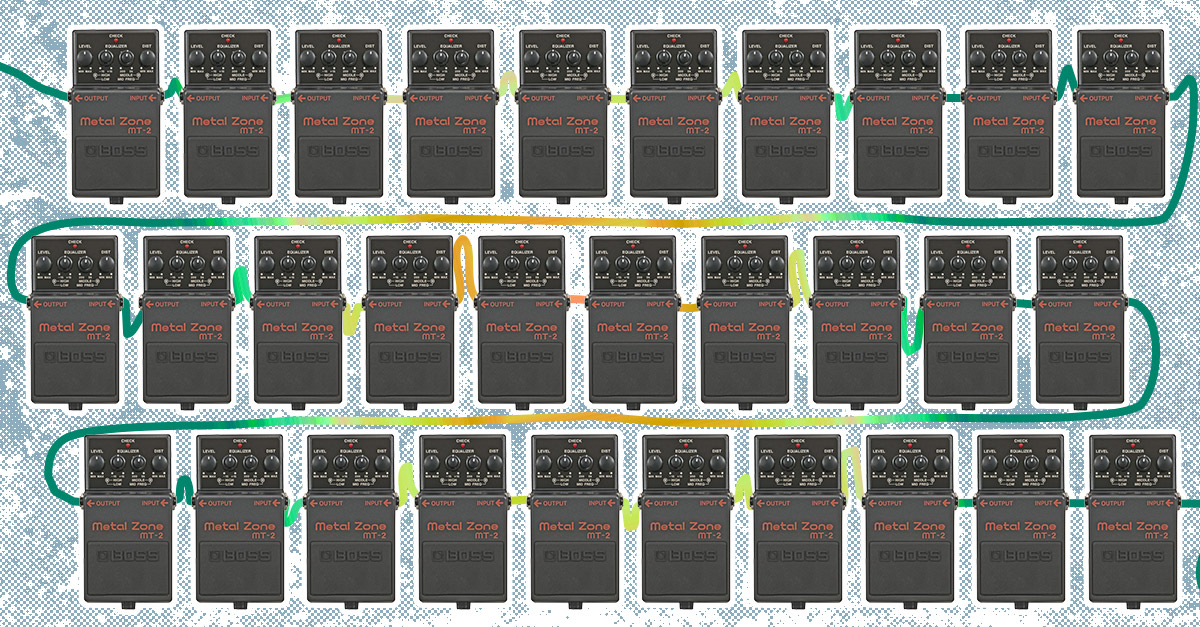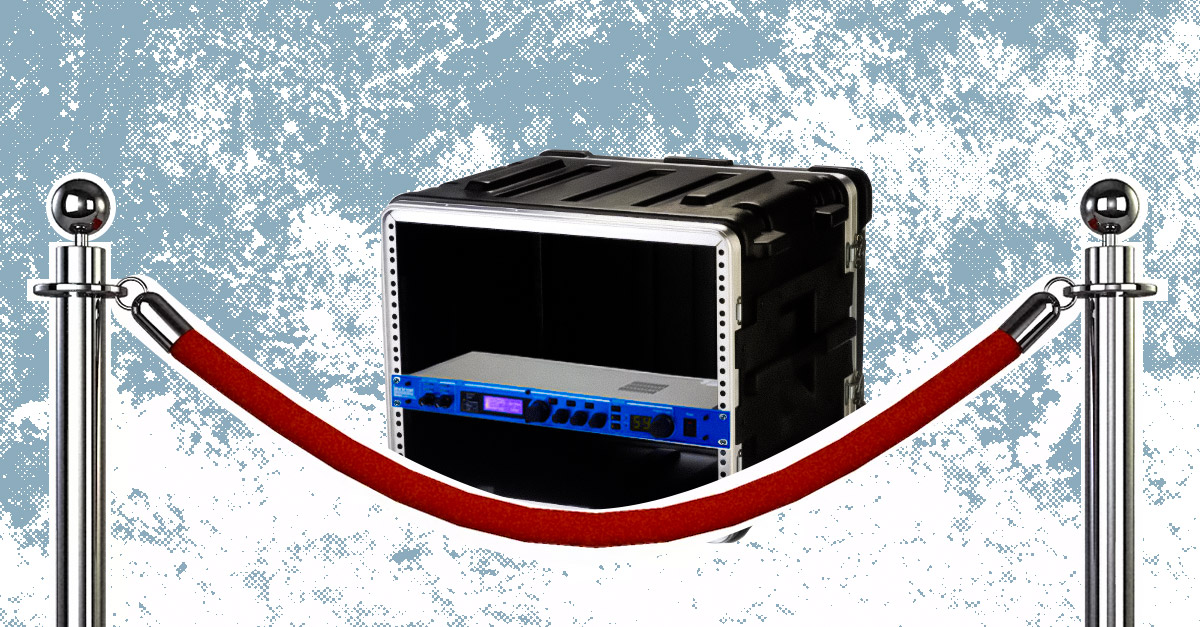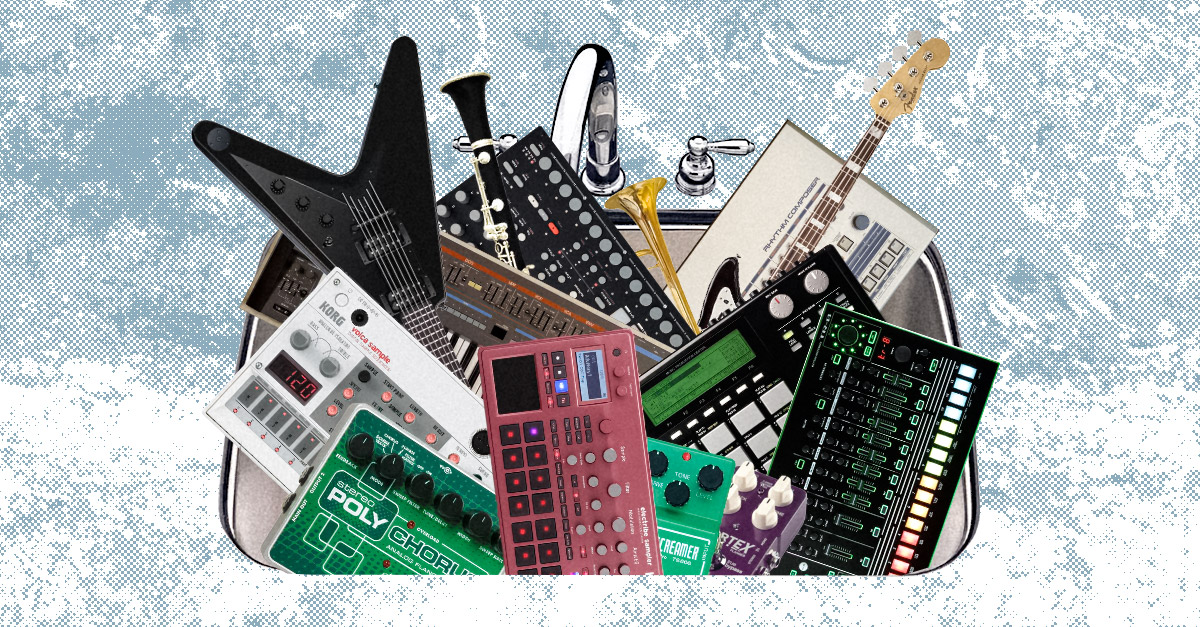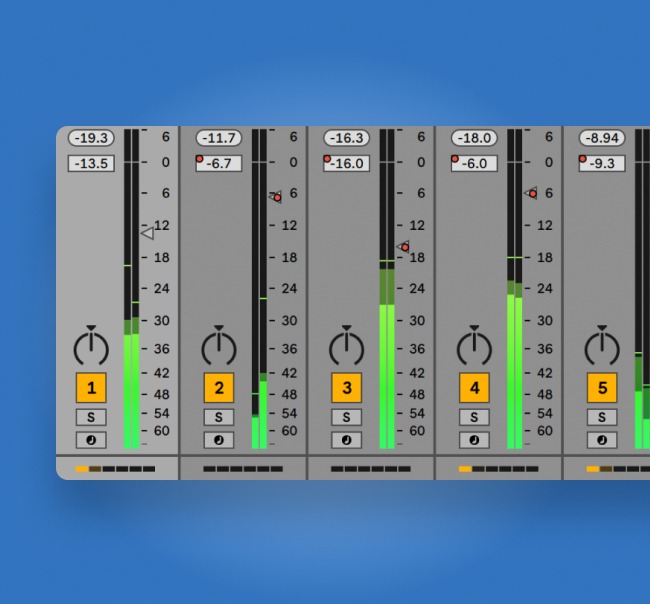
Mixing an Album: 10 Tips For Keeping Your Album Sound Consistent

The most important element of any finished album, EP or mixtape is consistent sound.
We all want that polished consistency that draws listeners in when we’re producing an album. It’s why LANDR now does album mastering—to give you true mastered sound across your whole project.
But getting a good album master with consistent sound starts with your album mixing. Mixing several songs while staying true to your album’s overall feel is a big challenge…
Wondering how to mix an album? In this article you’ll learn 10 mix tips that will help you get a more cohesive sound across all your mixes.
1. Use concepts, not copies
Don’t just copy your channel strips, remember your process and repeat it instead.
You might be tempted to dial in the drums on the first track and then simply copy and paste each plugin over to the next song… But don’t do it! It may get you into some trouble.
Even if your source was tracked in the same session with the same microphones, audio can vary a lot between performances.
Even if your source was tracked in the same session with the same microphones, audio can vary a lot between performances.
You’ll likely have to readjust the threshold and attack/release of your compression anyways.
So remember what you’ve been doing with your processing conceptually rather than specific parameter settings. Use the same general concepts between tracks, but experiment with different colours of compression/EQ.
This approach will allow you to keep your album cohesive overall and create subtle variation between your songs at the same time.
[adbutler zone_id=”291816″ secure=”1″ type=”asyncjs”]

2. Focus on your main elements
Decide what the focal points of your mixes are and keep them consistent.
Things like the overall level of the lead vocal or the amount of sub bass are upfront for the listener. Keeping them in the same ballpark is a major factor for consistency.
Decide what the major elements of your mix will be before you even start the process.
For instance, knowing that your lead vocal needs to command the most attention in the mix will allow you to make decisions that create space for it as you go.
Keeping the main elements in mind will make it easier for you to make decisions when you start each mix on your album. Decide early and mix accordingly.
3. Mix with headroom in mind
Develop good and consistent headroom habits—I can’t stress this enough.
Leaving the appropriate amount of headroom gives you more clarity and better separation between the elements of each mix.
If you want consistency, you’re gonna need that separation across your whole album.
Healthy headroom guarantees that all your tracks will be ready for mastering once your mix is complete. All your mixing decisions lead to mastering, so it’s important.

Not sure how to leave headroom? Read our headroom guide and start giving your mixes the right space.
Plus, good headroom across all your songs will give you a huge advantage when it comes time to…
4. Use a mix reference
Reference! Reference! Reference!
The more you compare your tracks against each other, the more you’ll understand which ones need to be pulled into the overall album feel that you’re aiming for.
If all the songs are a similar level (healthy headroom), you’ll be able to easily compare them to the other tracks on the album without getting misled by level differences.
Get some reference tracks to use for your the whole project as well. They will form a baseline you can refer to as you mix from track to track.
Compare your mix to commercially released music, quick masters, or other versions of your mix throughout your process.
Learn more about putting mix referencing into your own workflow with our mix referencing guide.
5. Repeat techniques only when it makes sense
Re-use certain techniques only when it’s appropriate.
Just because you used gated reverb on the snare in one track doesn’t mean every snare track on your album needs it. Consistency doesn’t necessarily mean repetition.
Consistency doesn’t necessarily mean repetition.
Keep a handful of go-to tricks up your sleeve, but your whole album will sound more cohesive if you use them tastefully and in context of each mix.
Don’t squeeze something in just for the sake of consistency. Mix for cohesion, but do it smart. Remember, your tracks still have to sound good on their own.

6. Use buses
Bussing is the process of routing multiple tracks to the same aux channel in your DAW.
Be smart about your busses and apply processing to multiple tracks at once where you can.
Bussing is great for situations where you have multiple microphones capturing the same source. Engineers in the analog era didn’t have to put seven different compressors on each individual mic and neither should you.
Engineers in the analog era didn’t have to put seven different compressors on each individual mic and neither should you.
Applying compression or EQ to multiple tracks on a bus allows you to keep the bigger picture in mind as you go. See how much you can accomplish using just one processor.
If you have fewer processors to deal with, making changes across all the mixes on your album is more manageable.
Which brings me to my next point…

7. Make a master bus plan
If you decide to do any master bus processing, make sure you have a plan.
Master bus (sometimes called 2-bus) processing applies effects to the whole mix via the master fader channel.
Remember, it’s incredibly easy to make big sweeping changes to the sound of your mix when you’re affecting it globally.
[adbutler zone_id=”291816″ secure=”1″ type=”asyncjs”]
For example: deciding on 2-bus chain that suits the vision of your project and tweaking it to fit each mix on your album is a good way to achieve consistency at the master bus.
Avoid compression applied to the master bus for the sake of loudness… Your mastering will take care of all that. But compression for glueing, character and dynamics control is fine.
If you don’t have a well-thought-out plan that includes a clear idea of what you’re trying to accomplish with processing at the master bus, consider leaving it out altogether.

8. Take breaks
Ear fatigue is a real issue for audio engineers—That means you!
A mix you do at the end of a marathon session can be surprisingly different from one you do at the start.
Consistency can suffer if you work on some tracks with fresh ears and others with tired ears. You might start making certain decisions when you’re tired that you wouldn’t make otherwise.
Be extra careful about spending too long working on headphones, or monitoring too loud in general.
Be extra careful about spending too long working on headphones, or monitoring too loud in general.
As a rule of thumb, for every 2 hours of mixing your ears needs about 15-30 minutes quiet to stay fresh.
Your ears are your most valuable tool in the studio, so treat them accordingly.
9. Keep your tracks in check
Be careful with extra tracks. If you’re anything like me, you’ve probably gotten carried away in the studio and recorded a bunch of tracks of experimentation.
But If you throw in everything and the kitchen sink, you may find yourself struggling.
Keep your extra tracks in check and include them based on your overall plan that I mentioned above. If they don’t fit the roadmap, consider getting rid of them completely.
Don’t change your main elements just to make a throwaway track fit. Your cohesion will end up suffering in the long run.

10. Master with your album in mind
Mixing for consistency doesn’t end after the mixing is done. Mastering needs to preserve the sound you’ve worked hard to achieve for your album.
Mastering should preserve the consistency you’ve worked hard for in your mixes.
But If you’re mastering track-by-track, keeping that cohesion can be tough.
LANDR album mastering takes your whole album into account during the mastering phase to preserve your hard work.
Simply select your tracks and master them as an album in your LANDR library. It’s the last piece of the puzzle to make your album work as a whole.
All together now
In the end, your mix should disappear into the background as the listener experiences the music. Consistency is how you get there.
We all want to avoid drawing someone out of the flow to think about the mix!
Make these 10 mix tips part of your routine and you’ll be well on your way to keeping people hooked all the way through your album, mixtape or EP.
Gear guides, tips, tutorials, inspiration and more—delivered weekly.
Keep up with the LANDR Blog.





